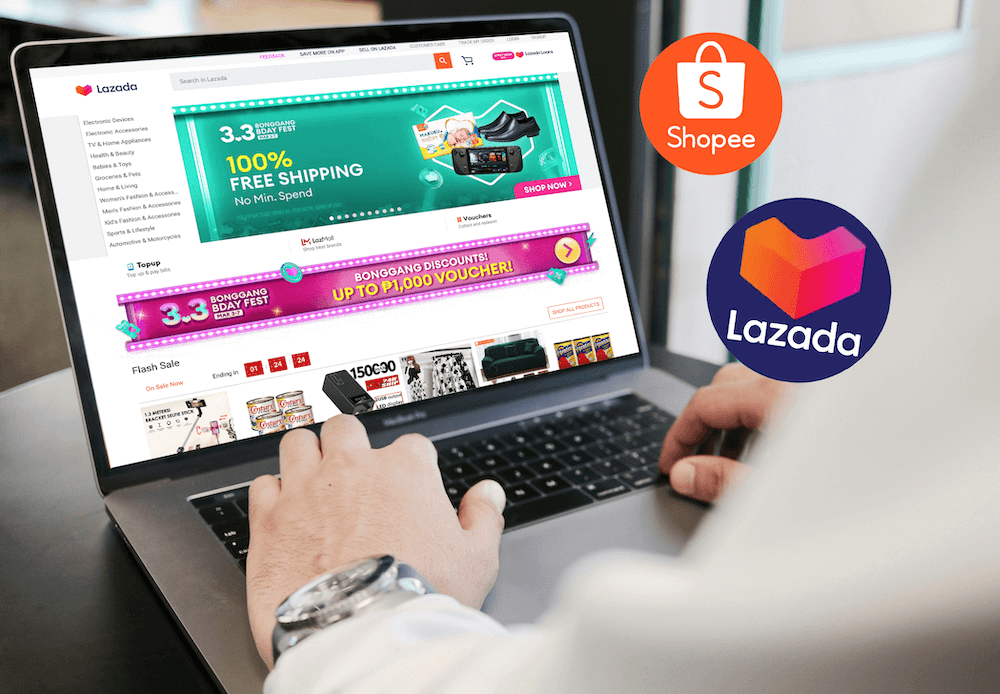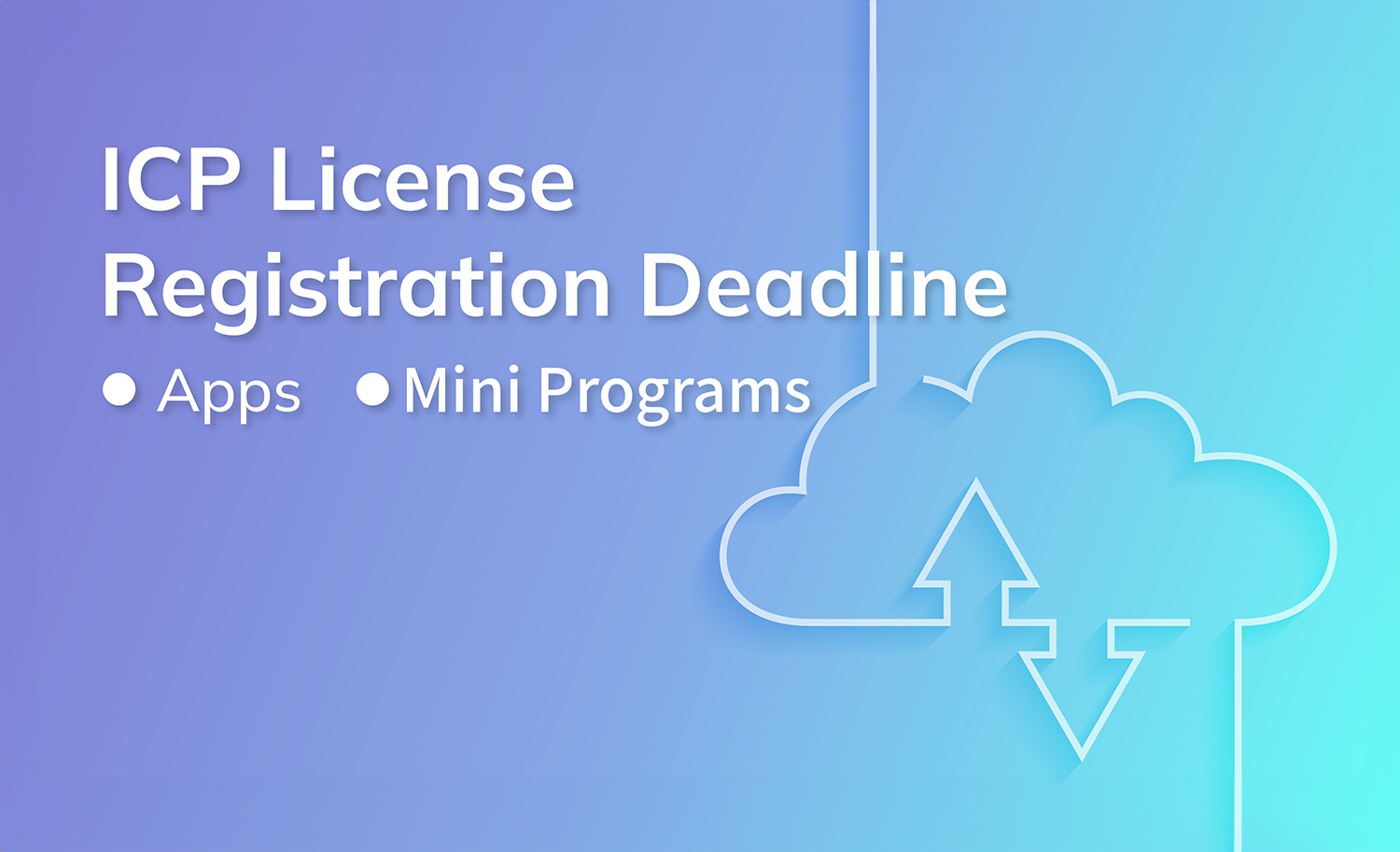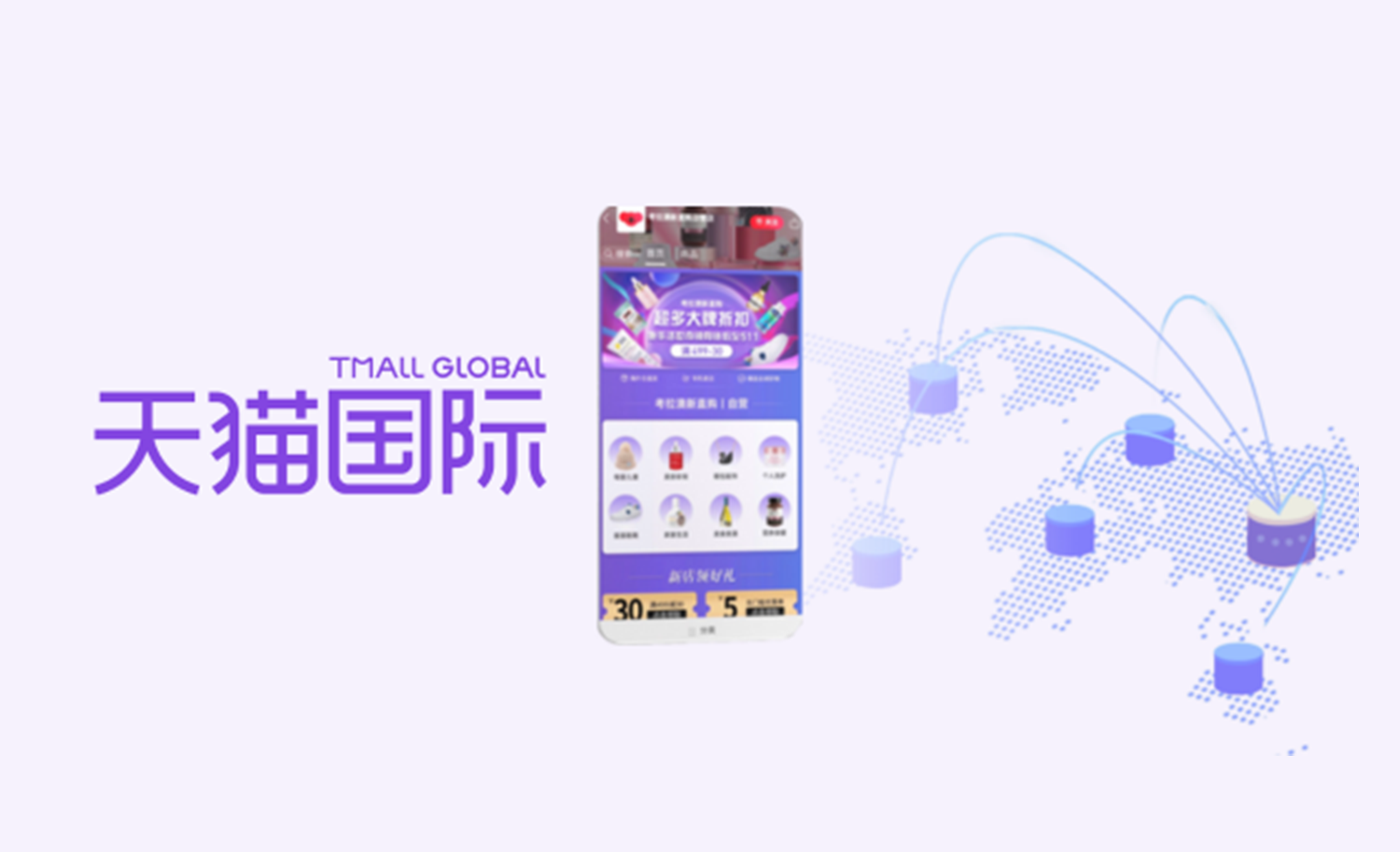As previously highlighted in our Southeast Asia eCommerce Outlook 2024This free PDF takes a broad view of eCommerce across five of Southeast Asia's most exciting markets: statisics, market structure, trends, entry strategy.Free Southeast Asia eCommerce Outlook, Malaysia exhibits the second-fastest eCommerce growth in the region at +28.3% YoY, with an estimated US $11.65 billion in revenue. Since the Malaysian government currently does not impose strict requirements on the B2C eCommerce industry, cross-border is the fastest entry method and a great opportunity for businesses looking to expand into Asia.
For brands looking to increase their reach in Malaysia, these are the main multi-vendor marketplaces to consider in their multichannel eCommerce strategy.
This ranking covers the largest eCommerce platforms in Malaysia based on findings from our eCommerce Marketplace Monitoring Services in Southeast Asia–and taking website traffic & app download data from January 2024 into consideration–to give you a better understanding of the online landscape in the region. We’ll also go over some global marketplaces that although do not have a dedicated MY store, are still popular in Malaysia.
If you’re looking for an overview of the whole region, make sure to check out our ranking of 10 Largest Online Marketplaces in Southeast Asia (2024)Southeast Asian eCommerce is one of the fastest developing and changing. We look at the Top 10 online marketplaces in the region in 2024.Southeast Asia’s 10 Largest Online Marketplaces
10-Biggest e-Commerce Platforms in Malaysia
1. Shopee MY
- Monthly Visits (Web): 37.0M
- Monthly App Downloads (Android): 629.9K
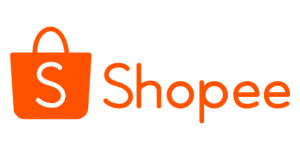
Shopee is partly owned by China’s Tencent and is the largest comprehensive eCommerce platform in Malaysia and Southeast Asia. In recent years, Shopee MY has caught up with and surpassed Lazada to become the largest marketplace in the country, and now holds an almost 30 million monthly visits lead over Lazada.
Already selling on Shopee MY? Boost your eCommerce Market Intelligence with our Customized Marketplace Reports containing data on sales volume and revenue by SKU, brand, merchant, and categories.
2. Lazada MY
- Monthly Visits (Web): 7.6M
- Monthly App Downloads (Android): 390.8K

Supporting C2C, B2C, cross-border, and flagship brand sellers. Lazada’s highly-developed logistics capabilities–offering same-day and next-day delivery in many urban areas–are one of its biggest advantages. The company is constantly expanding its network, with new warehouses opening up new opportunities throughout the country. Lazada, like Shopee, offers products in dozens of categories.
Tip: For a continuously updated snapshot of the best-selling products, categories, and merchants selling on Lazada and Shopee, download our free Southeast Asia eCommerce Datasets that are released monthly.
3. Mudah
- Monthly Visits (Web): 5.7M
- Monthly App Downloads (Android): 144.8K
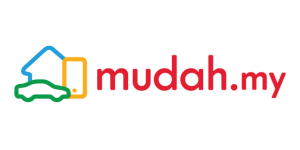
Originally launched in 2007, Mudah is a well-known online classifieds marketplace in Malaysia. It has since been acquired by Carousell, another online platform in our ranking. Almost everyone can buy and sell almost anything here, From luxury goods, fashion items, cell phones, computers, refrigerators, sofas, holiday accommodations, and even new and used cars, rental rooms, houses for sale, and part-time jobs.
4. Carousell MY
- Monthly Visits (Web): 3.9M
- Monthly App Downloads (Android): 95.2K

Operating in half a dozen countries in the region, Carousell is now the second-biggest marketplace in Singapore and a prominent player in Southeast Asia. While starting as a classified ads site mainly for electronic devices, it has now evolved into a marketplace for both C2C and B2C, offering everything from fashion and beauty products to new and used cars and even properties!
5. Watsons MY
- Monthly Visits (Web): 750.7K
- Monthly App Downloads (Android): 33.4K
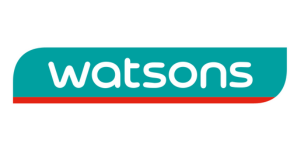
Watsons is a Hong Kong health care and beauty care chain with 8,000 stores and 1,500 pharmacies in Asia and Europe, as well as an online retail platform. In the specific case of Malaysia, Watsons also operates “W Mall”, a multi-vendor platform for sellers to place their products in partnership with the brand.
6. Zalora
- Monthly Visits (Web): 664.9K
- Monthly App Downloads (Android): 34.5K

Zalora is a Singapore-based fashion and cosmetics retailer offering a mix of more than 500 international brands as well as local designs. Zalora delivers goods quickly and provides cash on delivery and free returns services. It is the most popular fashion shopping platform in Malaysia.
7. eBay MY
- Monthly Visits (Web): 424.0K
- Monthly App Downloads (Android): 24.6K

Based in the United States, eBay is one of the global leaders in eCommerce.While originally launched for C2C sales in Malaysia, it has since expanded into B2C and caters to virtually all product categories. eBay Malaysia has a low threshold for opening a store and is suitable for all types of sellers, with the most popular product types being electronics, 3C products, and gadgets.
8. PGMall MY
- Monthly Visits (Web): 375.3K
- Monthly App Downloads (Android): 8.1K

PGMall was established in 2017, as the first online shopping platform developed in Malaysia and once the number one shopping site in the country. It is a cross-border eCommerce partner of JD.com, and provides consumers with a variety of products from electronics, to fashion, books, home life, health and beauty, and more.
9. Decathlon MY
- Monthly Visits (Web): 279.8K
- Monthly App Downloads (Android): 4.6K

Similarly to Watsons, the French sporting goods retailer Decathlon also offers an online multi-vendor marketplace for vendors to showcase their products in Malaysia.
10. Qoo10 MY
- Monthly Visits (Web): 93.6K
- Monthly App Downloads (Android): 2.5K

Qoo10 is an online platform dedicated to women's fashion and offers a wide range of Korean products. The company, which is run by a joint venture with eBay, has a presence in other Asian markets and aims to expand into other Asian countries after acquiring Korean website Gmarket (renamed Qoo10 in 2012).
Other Popular Global eCommerce Platforms in Malaysia
In addition to the aforementioned marketplaces, there are other platforms that operate globally and should also be closely followed.
1. Amazon Global
- Monthly Visits (Web): 2.44M
- Monthly App Downloads (Android): 47.3K
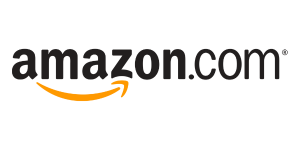
While Amazon does not have a dedicated website in any Southeast Asia country other than Singapore, it is still available and, to an extent, popular in Malaysia. Amazon’s biggest competitive advantage is that some international products are more readily available than in other marketplaces. Its downside, however, is that users often have to rely on third-party delivery services to get the goods, and the speed and reliability of such deliveries can hardly compare with that of local marketplaces.
2. Taobao Global
- Monthly Visits (Web): 1.35M
- Monthly App Downloads (Android): NA
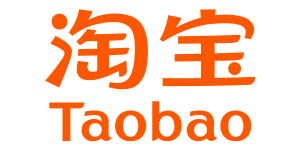
Taobao is China’s biggest multi-vendor marketplace and is owned by Alibaba, and enables not only Chinese, but international retailers, wholesalers, and manufacturers looking to sell their products online in Malaysia as well.
3. TikTok Shop
- Monthly Visits (Web): NA
- Monthly App Downloads (Android): 48.1K
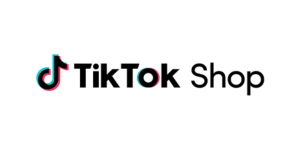
A newcomer in the online retail scene with notably high sales of Beauty & Personal Care products, China’s TikTok has exhibited astounding growth thanks to the platform’s already huge social media user base and its algorithm capabilities to recommend products that match users’ interests and needs. Having launched merely in 2021, by 2023’s end TikTok Shop is quickly catching up with a 60% YoY growth and close to half the GMV of Lazada in the Southeast Asia region. Earlier this year, Douyin acquired a 75% stake in Indonesia’s eCommerce leader Tokopedia, signaling the company’s strong push within the region.
Want to get started with TikTok Shop or any of the region’s top eCommerce platforms? TMO specializes in Marketplace Store Setup Services in Southeast Asia.
4. SHEIN MY
- Monthly Visits (Web): 176.3K
- Monthly App Downloads (Android): 267.3K

The Chinese-Singaporean online retailing giant SHEIN is also very popular in the Southeast Asian region since it announced plans for launching a global integrated marketplace in 2023. Despite already having localized websites for numerous countries including Malaysia, it currently has only rolled out its marketplace model for Global Sellers from the United States, Brazil, and Mexico, with more countries to follow in the short term.
If you want to know about the eCommerce landscape in Malaysia, make sure to check out our eCommerce Market Localization Guides available in Free Starter and Paid Premium Versions and based on our 20+ years of experience in eCommerce market entry strategies.
Entering Malaysia’s Online Market
Malaysia, along with the rest of the countries in Southeast Asia, is home to some of the biggest mobile and social media users on the planet, and the country’s explosive economic growth in recent days has translated into huge opportunities for the eCommerce industry.
However, entering this market is no easy task. Knowing what is the population, economic, and eCommerce market size; which product categories are suitable for selling on these platforms; what are the requirements for foreign direct investment and foreign legal entities in the region; and what should be considered regarding local tariffs, product certification, and logistics; are some of the essential considerations needed for a successful Southeast Asia market strategy.
If you are looking for an eCommerce agency to assist you in your Southeast Asia business expansion, or want to explore other alternatives to grow in the region, reach out to us to learn more about our Consultancy & Strategy Services services, from branded eCommerce website development to social commerce and other Cross-border eCommerce Solutions.



